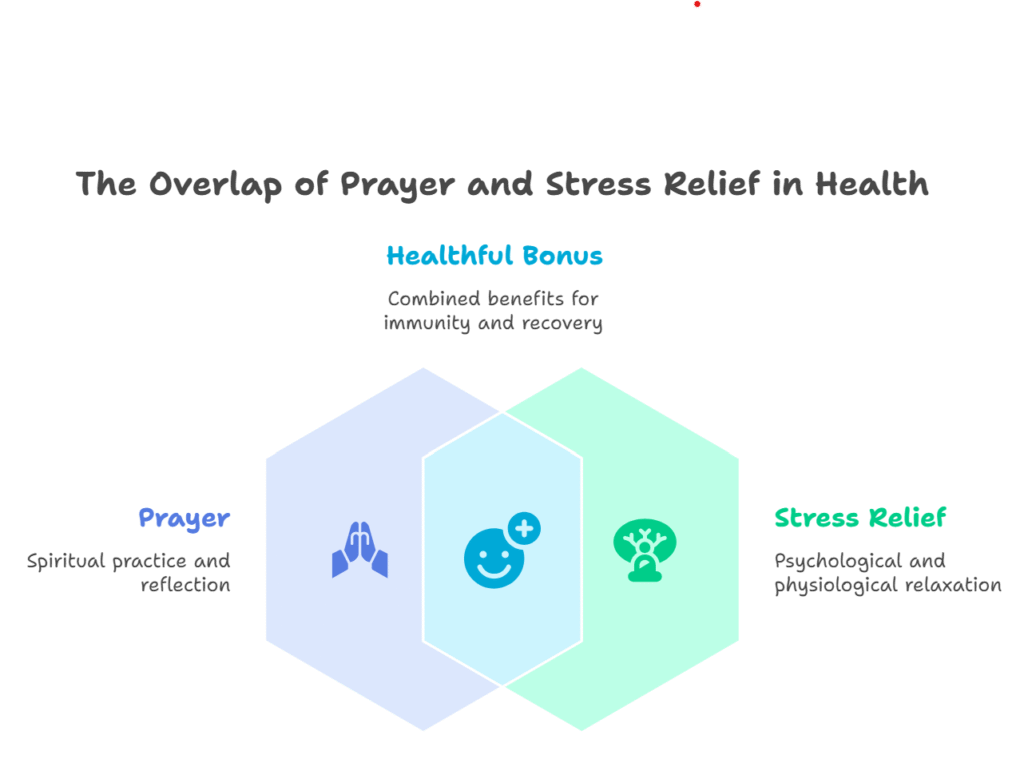Whispers of Healing A prayer for healing is more than just words—it’s an intention, a spiritual invitation for wholeness. You’re effectively opening yourself up to comfort, peace, and restoration.
Think of it like sending a heartfelt message to the universe or your faith tradition: a message that says, I need help, I want to feel better. That simple but powerful intention can help ground you when life feels shaky.
Why a Prayer for Healing Works (Even Beyond Spirituality) Whispers of Healing
You might wonder, “Does it really work?” Let’s break it down
Mental Focus
That moment of stillness can also calm the mind. Think of it as grounding—turning down the noise of a racing mind.
Physical Impact
Science has shown that stress reduction can support immunity and recovery. So even if prayer doesn’t directly cure a condition, the stress relief it offers can be a helpful bonus.

Real-Life Example
“When my mom was in the hospital, we gathered—each of us whispered our own prayer for healing. I’ll never forget how the tension in her room lifted. It wasn’t a miracle cure, but it was peace, and that’s something.”
That moment underscores the emotional strength prayer brings—something no medicine bottle can replicate.
How to Craft Your Personal Prayer for Healing
- Set the scene – Find a quiet spot. Close your eyes. Breathe.
- Speak from the heart – You don’t need perfect words.
- Include specifics – Mention your pain—body, mind, or soul.
- Pause and receive – Sit in the quiet for a moment of receptivity.
- Close with gratitude – Even small signs of comfort matter.
That structure is flexible. Your own voice matters most.
Integrating Everyday Healing Practices
Combine prayer with practical steps:
- Meditation and breathwork
- Healthy habits: nutrition, movement, sleep
- Therapy or counseling for mental health
- Connecting with community: friends, church, support groups
FAQ – People Also Ask
Q1: How do I write a powerful prayer for healing?
Start simple: “I ask for healing… I’m ready to receive…” Keep it authentic. Use your own words—not clichés.
Q2: Can a prayer for healing cure serious illness?
Prayer supports emotional and spiritual well‑being. It shouldn’t replace medical care. But paired with treatment, it can boost resilience.
Q3: What are examples of ancient prayer for healing traditions?
From Psalms to Buddhist metta chants, many traditions include healing prayers that focus on compassion, peace, and renewal.
Q4: How often should I say a prayer for healing?
There’s no hard rule. Some do it daily, others whenever stress spikes. Do what feels meaningful and consistent for you.
Pros & Cons of Prayer for Healing
| Pros | Cons |
|---|---|
| Emotional comfort | Not a substitute for professional treatment |
| Stress reduction | Can feel discouraging if expectations are unrealistic |
| Accessible anytime | May be misunderstood by others |
| Fosters community | Requires practice to feel genuine |
Expert Tips for 2025
- Be curious, not rigid. Some days you’ll feel more connected than others.
- Use multimedia: gentle voice memos, music, candlelight.
- Track what shifts: sleep, mood, energy—just like a wellness journal.
- Explore interfaith or secular healing prayers, if that resonates.
Final Thoughts
A prayer for healing isn’t a magic wand, but it’s a powerful tool in your wellbeing kit. It can reset your emotional tone, reconnect you to hope, and even support your physical wellness journey.
Maybe you’ll whisper it in bed. Maybe you’ll say it aloud in community. Either way, it’s your prayer—authentic, hopeful, and deeply yours.
CLICK HERE FOR MORE BLOG POSTS
Liam is a freelance writer, blogger, and digital media journalist. He has a management degree in Supply Chain & Operations Management and Marketing and boasts a wide-ranging background in digital media.

